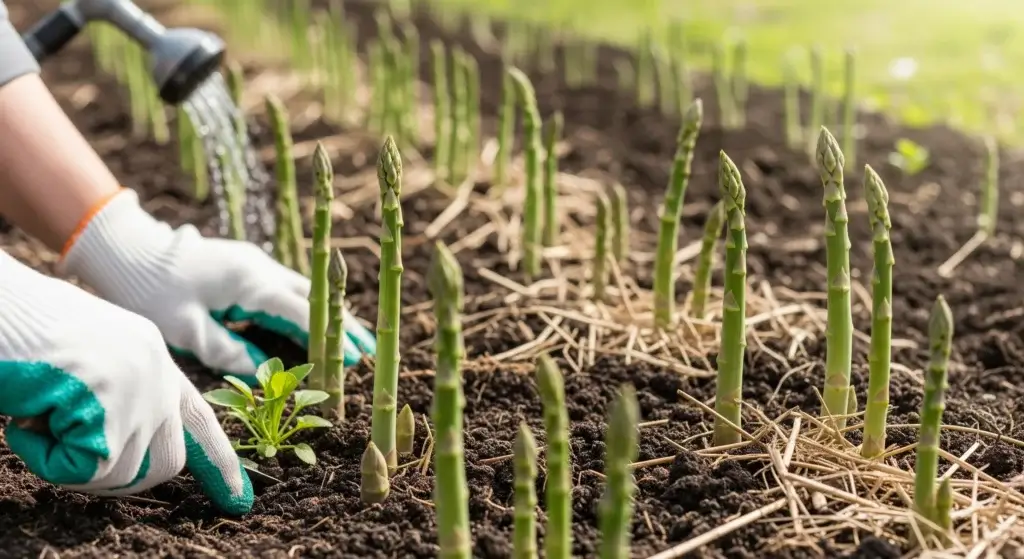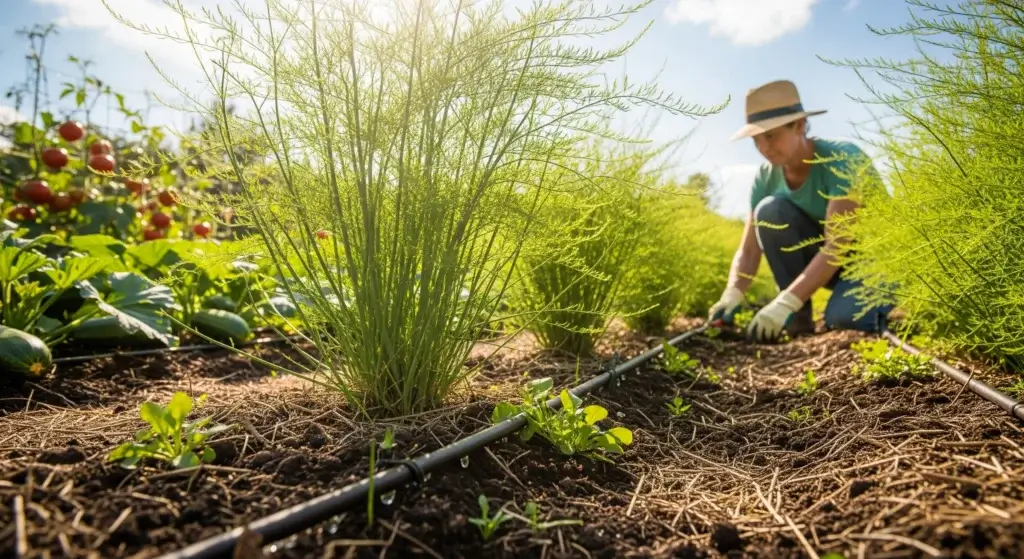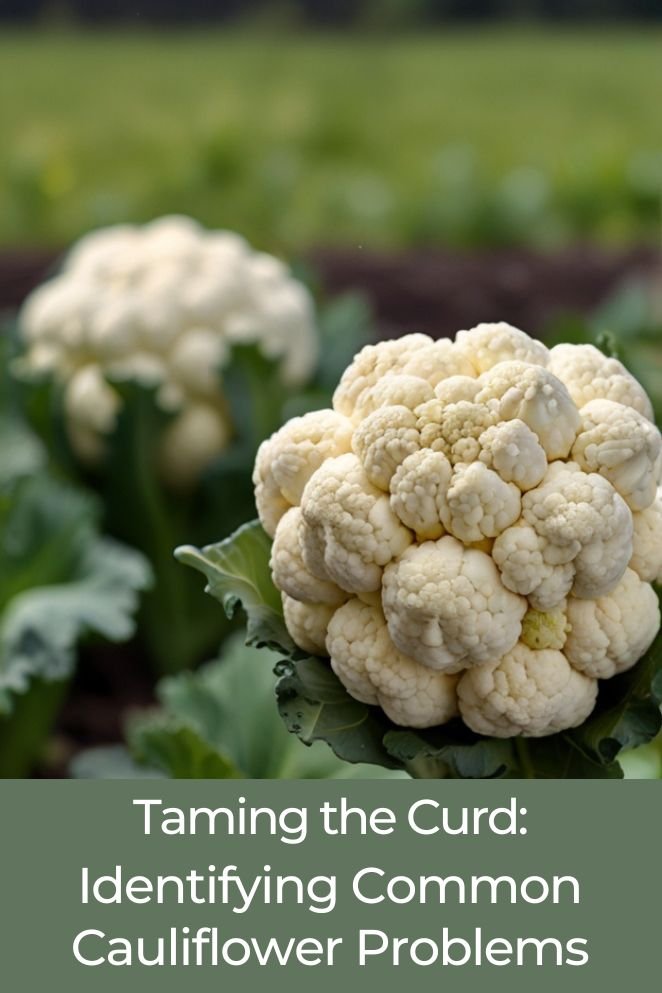
Cauliflower, a favored vegetable among home gardeners, typically thrives with ease in garden settings.
Nonetheless, as with any crop, it encounters its share of challenges that can impede growth and yield.
In this article, we’ll delve into prevalent issues cauliflower may encounter and offer practical solutions tailored for home gardeners.
Common Cauliflower Problems
Problem 1: Failure to Form Heads
Failure to form heads is a frequent issue for home gardeners.
This problem can be caused by One of the most common challenges faced by home gardeners when cultivating cauliflower is the failure of the plants to form heads.
This can be a frustrating setback, but understanding the underlying causes and implementing appropriate solutions can help rectify the issue.
- Read also: Protecting Your Broccoli: Common Broccoli Diseases
- Read also: Broccoli Care Mistakes: Master the Art of Growing Your Broccoli
Lack of nitrogen in the soil
Nitrogen plays a crucial role in promoting robust plant growth, including the development of cauliflower heads.
A deficiency in nitrogen can hinder proper head formation, resulting in disappointing yields.
Solution
To address this issue, it’s essential to provide the cauliflower plants with an adequate supply of nitrogen.
This can be achieved by fertilizing the soil with nitrogen-rich fertilizers.
However, it’s important to strike a balance and avoid overdoing it, as excessive nitrogen can lead to excessive vegetative growth at the expense of head formation.
Inconsistent watering
Cauliflower plants thrive when provided with consistent moisture levels.
Inadequate or erratic watering practices can disrupt the development of cauliflower heads, leading to suboptimal results.
Solution
Maintaining consistent moisture levels in the soil is crucial for promoting proper head formation in cauliflower plants.
This means avoiding both underwatering and overwatering.
Regular monitoring of soil moisture and adjusting watering frequency as needed can help ensure optimal growing conditions.
Insufficient sunlight
Another factor that can contribute to the failure of cauliflower plants to form heads is insufficient sunlight.
Cauliflower requires a minimum of six hours of direct sunlight per day to thrive and develop fully.
Solution
Selecting an appropriate location for planting cauliflower is essential for maximizing sunlight exposure.
Choose a sunny spot in your garden where the plants will receive ample sunlight throughout the day.
This will help promote healthy growth and head formation.
Planting timing
Planting cauliflower too early or too late in the growing season can also hinder head formation.
Cauliflower has specific requirements regarding temperature and daylight hours for optimal growth and development.
Solution
To avoid this issue, it’s important to plant cauliflower at the recommended time for your climate and region.
This typically involves planting in early spring for cool-season varieties and late summer for warm-season varieties.
By adhering to the appropriate planting schedule, you can ensure that your cauliflower plants have the best chance of forming heads successfully.
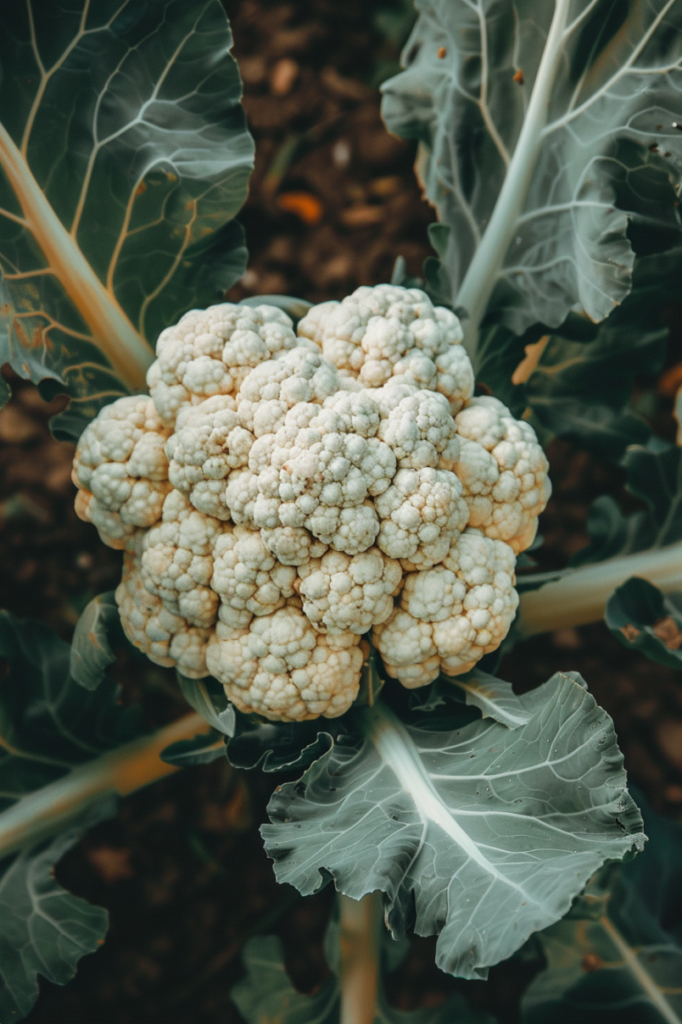
Problem 2: Bolting
Bolting, or the premature flowering of cauliflower plants, is a common concern among gardeners as it can result in smaller, less desirable heads.
Understanding the causes of bolting and implementing appropriate measures can help mitigate this issue and promote healthier cauliflower crops.
Sudden temperature fluctuations
One of the primary triggers for bolting in cauliflower is sudden temperature fluctuations, particularly exposure to high temperatures early in the growing season.
Heat stress can induce the plants to bolt prematurely, diverting their energy towards flowering rather than head development.
Solution
To prevent bolting due to temperature fluctuations, it’s crucial to plant cauliflower at the right time, taking into account the prevailing weather conditions in your region.
Avoid planting too early in the season when there is a risk of hot spells that could trigger bolting.
Additionally, in hot climates, consider using row covers to provide young plants with protection from extreme temperatures and fluctuations.
Inconsistent watering
Inadequate or irregular watering practices can also contribute to bolting in cauliflower plants.
Fluctuations in soil moisture levels can stress the plants and trigger premature flowering as a survival mechanism.
Solution
Maintaining consistent moisture levels in the soil is essential for preventing bolting in cauliflower.
Ensure that the plants receive sufficient water, especially during dry periods, to keep the soil evenly moist.
Consider using mulch to help retain moisture and reduce the frequency of watering.
Regular monitoring of soil moisture levels and adjustments to watering practices as needed can help prevent bolting and promote healthy head development.
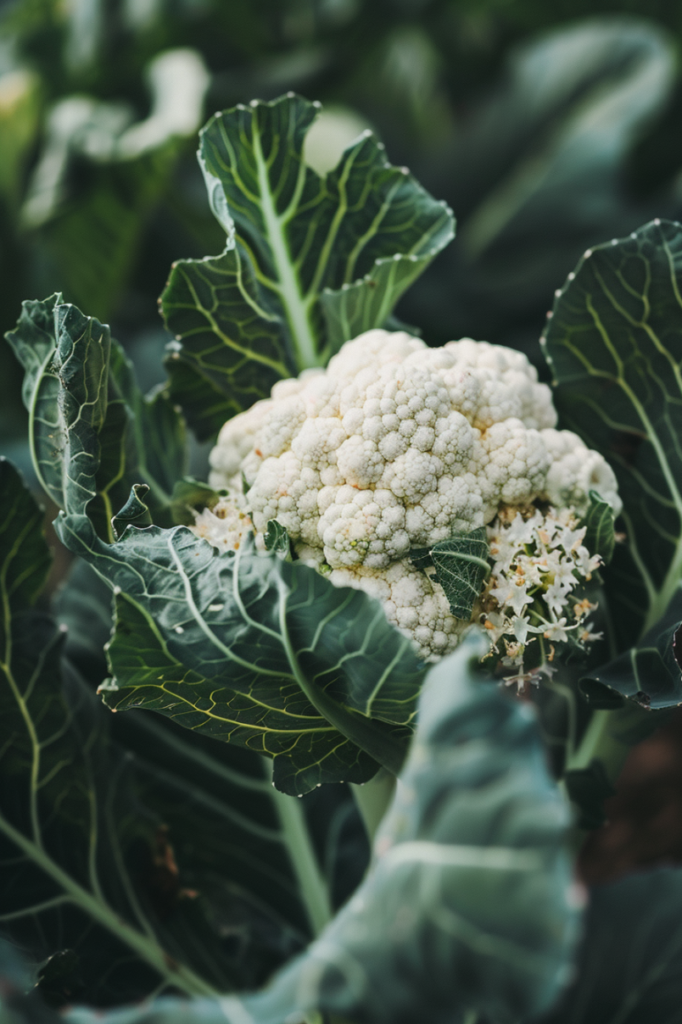
Problem 3: Pests and Diseases
Pests and diseases pose significant threats to cauliflower plants, potentially causing extensive damage and reducing overall growth and yield.
Understanding the common pests and diseases affecting cauliflower and implementing effective control measures is essential for maintaining healthy crops.
Common cauliflower pests
Cauliflower is susceptible to attack by various pests, including cabbage worms, aphids, and flea beetles.
These pests feed on the leaves, stems, and heads of the cauliflower plants, causing damage and weakening their overall health.
Solution
To combat pest infestations, organic methods are often preferred, as they are safer for the environment and beneficial insects.
Utilizing row covers can help deter pests from accessing the plants, reducing the likelihood of infestation.
Additionally, attracting beneficial insects such as ladybugs and lacewings can help control pest populations naturally by preying on harmful insects.
However, for severe infestations, intervention may be necessary.
In such cases, insecticidal soap or neem oil can be applied, following safety guidelines and ensuring minimal impact on beneficial insects and the surrounding ecosystem.
Common cauliflower diseases
Cauliflower is susceptible to various diseases, including downy mildew and clubroot.
These diseases can severely affect plant health, leading to stunted growth, wilting, and reduced yields.
Solution
Practicing preventive measures such as crop rotation is crucial for managing cauliflower diseases.
By rotating cauliflower crops with unrelated plants, disease cycles can be disrupted, reducing the buildup of pathogens in the soil.
Additionally, implementing good sanitation practices, such as removing and disposing of infected plant debris, can help prevent the spread of diseases.
In cases where disease outbreaks occur, organic fungicides may be used to control the spread of pathogens and protect plant health.
Problem 4: Brown Spots or Discoloration
The appearance of brown spots or discoloration on cauliflower leaves and heads can be concerning for gardeners, as it indicates potential issues that may affect plant health and productivity.
Understanding the causes behind these symptoms and implementing appropriate solutions is essential for addressing the problem effectively.
Causes of Brown Spots or Discoloration
- Fungal diseases: Fungal diseases such as Alternaria leaf spot can lead to the development of brown spots on cauliflower leaves.
- Sunburn: Intense heat and prolonged exposure to sunlight can result in sunburn on cauliflower leaves and heads, leading to the formation of brown spots or discoloration.
- Boron deficiency: Boron deficiency can occur when soil pH levels are imbalanced or when there is insufficient boron availability in the soil.
Solutions
- Fungal diseases: To combat fungal diseases causing brown spots, it is essential to use fungicides according to label instructions.
- Sunburn: To prevent sunburn and subsequent brown spots on cauliflower leaves, provide shade for the plants during peak sunlight hours.
- Boron deficiency: Correcting boron deficiency requires applying boron supplements to the soil based on soil test recommendations
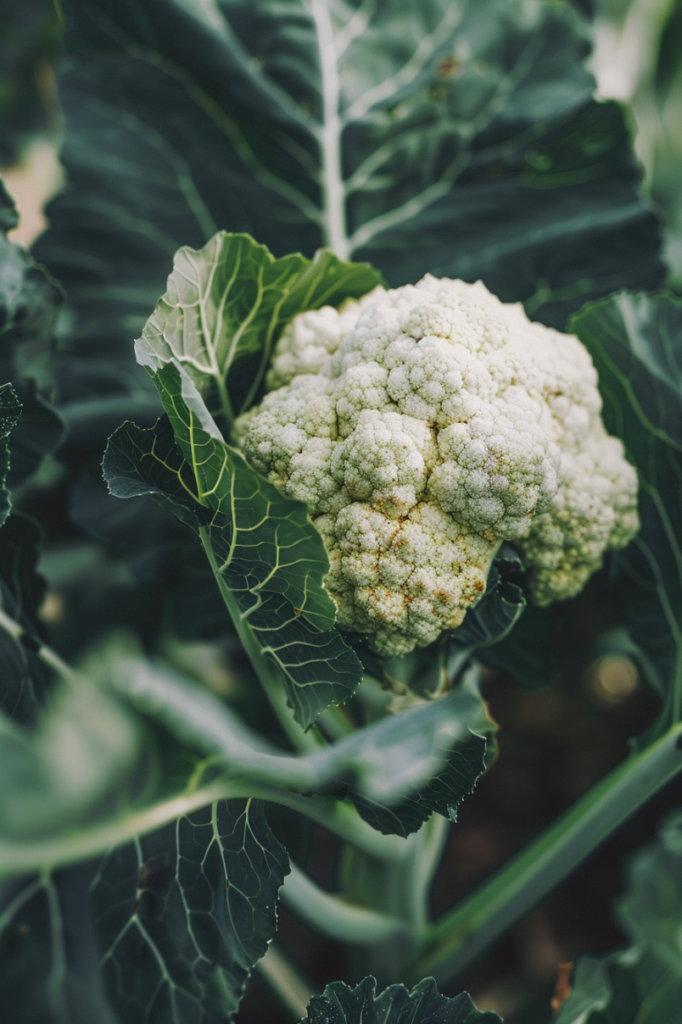
- Read also: The Eggshell Hack: Eggshells as Fertilizer for Broccoli
- Read also: 5 Tips on Preventing Bolting in Broccoli Plants
Conclusion
Growing cauliflower in your home garden can be fulfilling, but it’s not without its challenges.
By familiarizing yourself with potential problems and applying the solutions provided, you can ensure a fruitful harvest of cauliflower.
Understanding these issues and taking proactive steps will lead to a successful gardening experience.
FAQs
Use a nitrogen-rich fertilizer, but avoid overdoing it to prevent excessive vegetative growth.
Maintain consistent moisture levels by watering regularly, avoiding underwatering or overwatering.
Plant at the recommended time for your climate to ensure optimal growth conditions.
Plant at the right time to avoid hot spells, and use row covers for young plants in hot climates to protect them from temperature fluctuations. Maintain consistent moisture levels.

